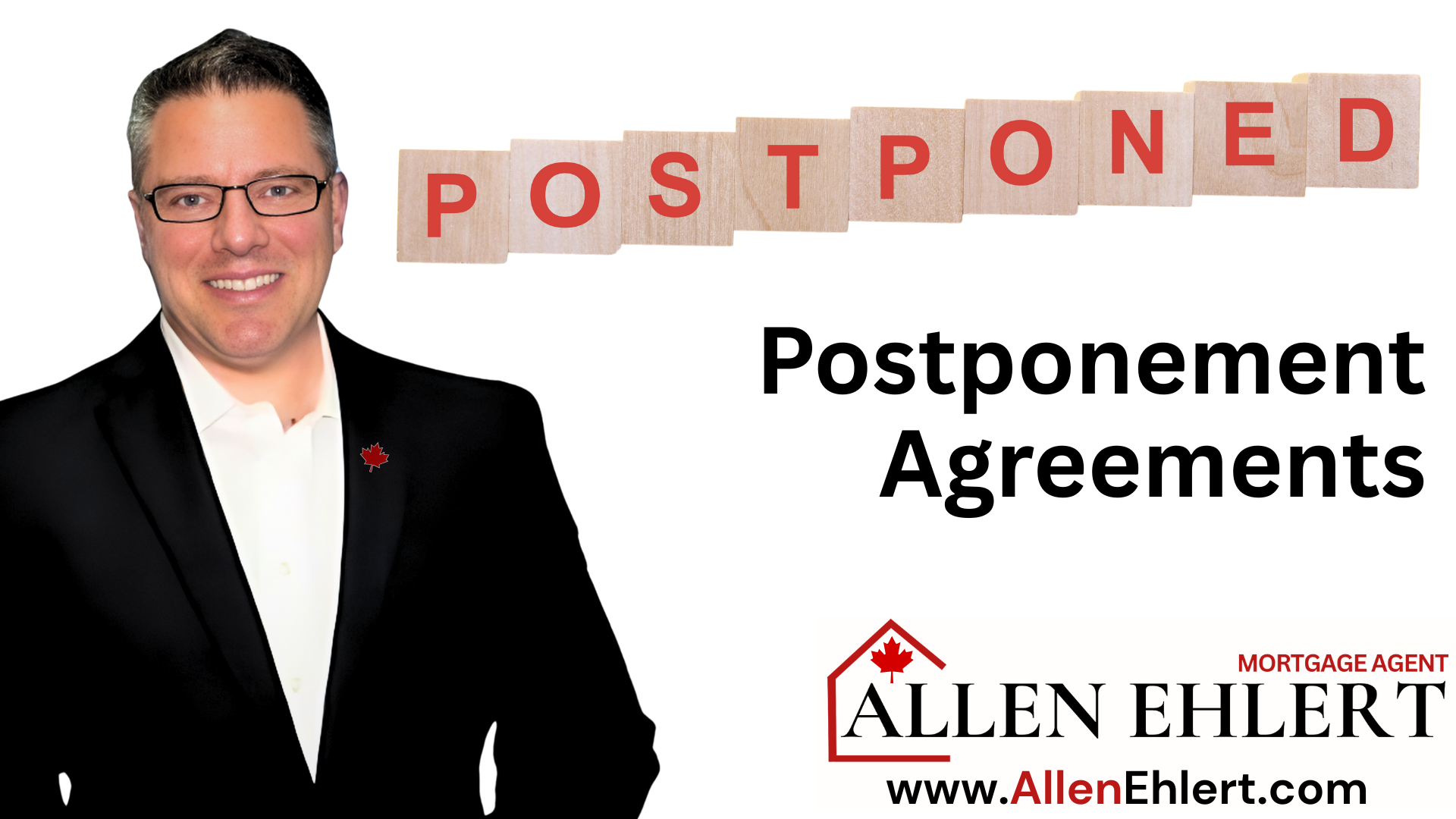A Mortgage Planning Gem
Let me tell you — if you’re a mortgage nerd like me (and I say that with love), then TD’s replacement policy is one of those golden tools that doesn’t get enough spotlight but can make a world of difference when you know how to use it.
So, what’s the deal with this replacement policy? Picture this: your client is locked into a 5-year fixed mortgage at 6% with TD. Rates have dropped, and now 5% or even 4.5% rates are back on the table. With most lenders? Tough luck — they’ll hand you an IRD (Interest Rate Differential) penalty so big it’ll make your eyes water. But with TD? You’ve got options.
What Is the TD Replacement Policy?
The Curveball: IRD Components Are Creeping Back
Porting vs. Replacing – What’s the Difference?
Scenario 1: Refinance that Saved $10,000 in Penalties
Alternate Scenario: The Numbers Flip
Strategic Angle: How I Use This in My Pitch
What Is the TD Replacement Policy?
Here’s how I explain it to clients and partners: if you discharge an existing TD mortgage and take out a new one with at least $20,000 in new money, TD might just give you back the penalty — but only if the penalty is calculated as 3 months’ interest and not IRD. That’s the magic.
It’s a full-on refinance — not a blend, not a renewal, but a brand new mortgage with a twist: the old one goes away, the new one shows up, and the 3-month interest penalty you’d normally pay? TD gives it back after closing.
There’s a catch, of course — this only applies if:
- You’re doing it mid-term, and
- 3-month interest is greater than IRD (because if IRD is greater, the replacement doesn’t apply).
- You add at least $20,000 in new money.
It’s quirky. It’s nuanced. But it’s powerful when used properly.
The Curveball: IRD Components Are Creeping Back
Now, let’s get into what’s been throwing a wrench into this lately. With posted rates dropping recently, we’re starting to see IRD show up again — even when we didn’t expect it. So here’s the gotcha: even if the deal qualifies as a “replacement,” any IRD component is still payable.
Yeah, you heard me right. TD will reimburse the 3-month interest portion, but not the IRD. So if you’re sitting on a $12,000 penalty and $8,000 of that is IRD, the client still pays $8K out of pocket. The balance? TD gives it back. It’s not as clean as it used to be, but it’s still better than what a lot of other lenders offer.
So — always check the discharge statement. If there are two penalty components listed (IRD + 3-months interest), give your BDM or underwriter a call to clarify before promising anything to the client.
FlexLines and Segment Chaos
This policy doesn’t apply to every kind of TD mortgage. Got a FlexLine with three segments? And only two of them qualify under 3-month interest? Those are eligible. The IRD segment, though? That part isn’t. And TD won’t allow splitting them into separate terms. You’ll have to combine them into one new product — and that IRD still gets paid.
Porting vs. Replacing – What’s the Difference?
Porting is what you use when your client is buying a new place and their penalty is IRD. TD allows you to port to term — that means you’re blending the remaining time on their current term with new money. But here’s the thing: you can’t blend and extend with TD. So if they have two years left, they’re stuck with a two-year term on the new property.
Also, no ports into FlexLines — not yet, anyway. That’s supposedly on the roadmap, but for now, if you’re porting, it’s mortgage to mortgage only. If you try to port into a FlexLine, the branch has to handle it.
Scenario 1: Refinance That Saved $10,000 in Penalties
Meet Mark and Jennifer — a young couple in Whitby who locked into a 5-year fixed mortgage at 5.89% with TD back in early 2023. Fast-forward to today, interest rates have dipped and they’re eyeing a new 5-year fixed rate at 4.49%.
Naturally, they want in.
They’re thinking of doing some renovations anyway, and they’ve also accumulated a bit of debt — so a refinance makes sense.
They call me, their mortgage agent, and ask, “How do we break this expensive mortgage without taking a financial beating?”
So I do what any good mortgage agent does — I pull the discharge statement.
Here’s what I find:
- Original mortgage: $500,000 at 5.89%
- Current balance: $470,000
- Prepayment penalty options:
- 3-month interest = $5,900
- IRD = $4,100
Here’s Where TD’s Replacement Policy Shines:
TD’s replacement policy says:
If 3-month interest is greater than the IRD, and the client adds $20,000 or more in new money, TD will reimburse the client for the 3-month penalty — but the IRD must still be paid.
But in this case, the IRD ($4,100) is less than the 3-month interest ($5,900). So the penalty is IRD — not eligible for replacement.
Now let’s tweak this story just slightly.
Alternate Scenario: The Numbers Flip
Say we check a week later, and due to a small bump in the posted rate, the updated penalty reads:
- 3-month interest = $5,900
- IRD = $3,800
Now the 3-month interest is greater than the IRD, so TD’s Replacement Policy becomes eligible.
What we do next:
- Mark and Jennifer decide to borrow an extra $30,000 for kitchen renovations and some debt consolidation.
- We submit a new mortgage for $500,000 (their $470K balance + $30K new money).
- Because this is considered a TD-to-TD replacement, TD reimburses the $5,900 3-month interest penalty after closing.
- However, the IRD portion of $3,800 is still payable and not reimbursed.
Client Outcome:
- Instead of being stuck with a 5.89% rate for 3 more years, they refinance to 4.49%
- They roll in $30K of useful funds
- They avoid a full penalty
- They keep their options open by choosing a 2-year term, because TD allows any term (not just 5-year) in a replacement
- Their monthly savings and interest saved over time more than justify the one-time IRD
My Sales Angle to Use With Realtors and Clients
“If you are in a high fixed rate with TD, there’s a good chance you can refinance early, avoid most of the penalty, and access today’s better rates — as long as we add $20,000 or more. Most other lenders? They’ll say, ‘Sure, break the mortgage… and here’s your $15,000 penalty.’ TD? We’ve got some flex.”
Strategic Angle: How I Use This in My Pitch
Honestly, this is where I think the policy shines.
Say I’m talking to a client or referral partner, and they’re comparing TD to RBC or CIBC. I’ll say something like:
“Look, TD’s got a little-known policy that can be a game-changer. If rates drop during your term and you want to refinance, TD might let you do it with no real penalty — as long as you borrow a bit more. You won’t get that at RBC. Over there, you break your mortgage? They’ll hand you a $30K+ penalty and a pat on the back. At TD, you could walk into a lower rate with minimal friction.”
That real-world scenario — being able to jump from a 6% fixed into a 4% — matters to people. It creates option value, and in today’s uncertain rate environment, optionality is everything.
Quick Recap of the Key Rules
- Replacement policy requires $20K in new money.
- It only waives 3-month interest — IRD is always payable.
- Applies mid-term or within 120 days of maturity (you get full comp inside 120 days).
- No cashback on TD-to-TD refis.
- Can’t blend and extend — only blend to term.
- Can’t port to FlexLine yet — coming soon (we hope).
My Final Thoughts
This policy may not be the sexiest part of mortgage planning, but it’s got real teeth when it comes to helping you save money — or giving you a competitive edge against the Big 5.
As with anything in our world, the devil’s in the details. So don’t hesitate to reach out to me, especially when penalties are involved. And if you’re looking to have me look over a few scenarios around this, I’d be happy to help you out. I am here to help.
Let’s make these policies work for you.












